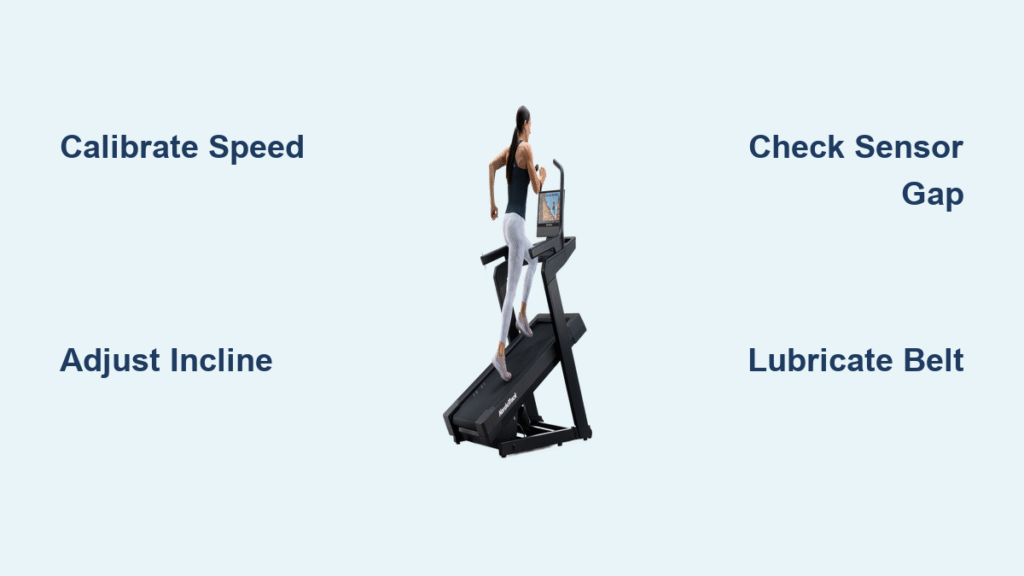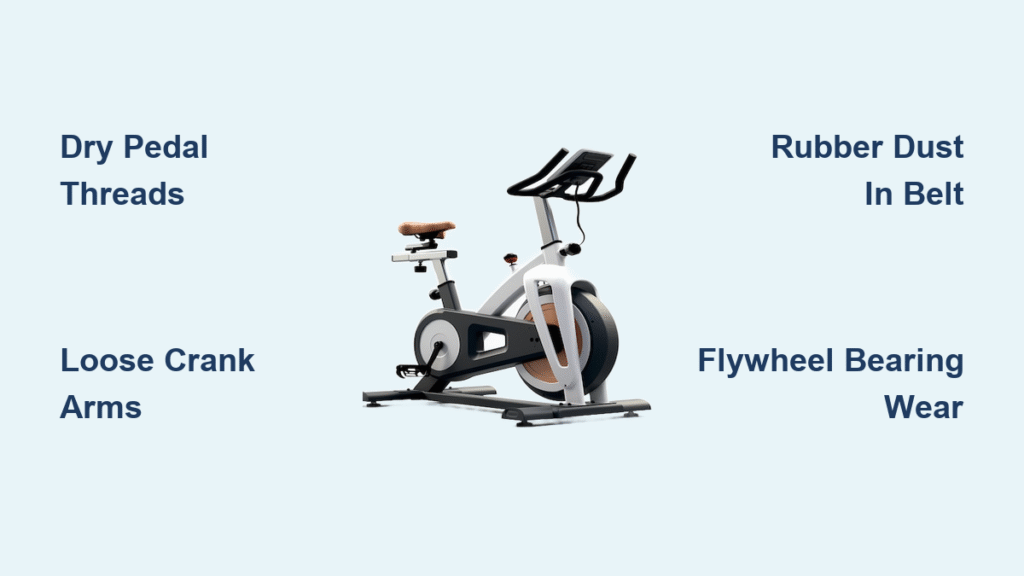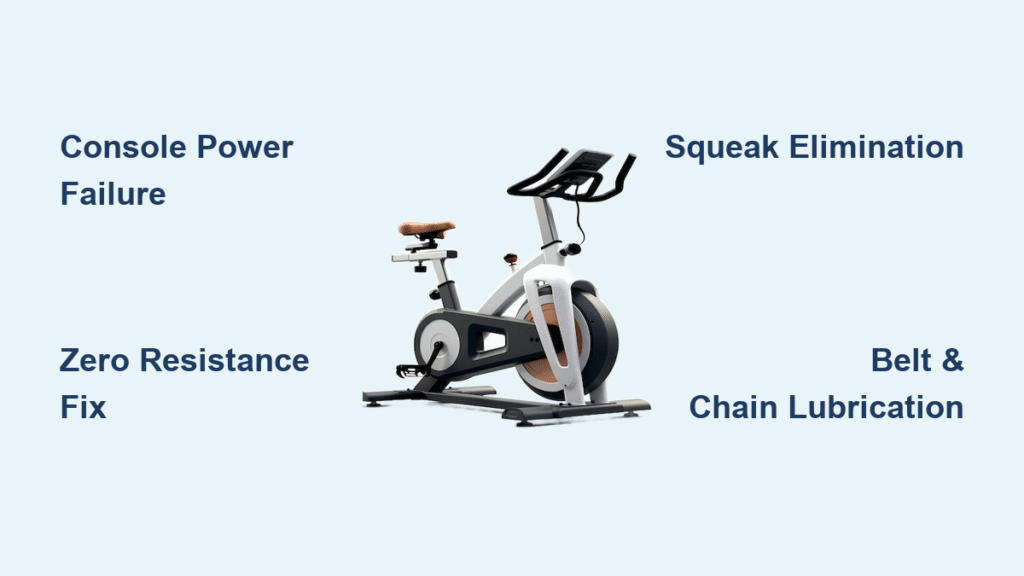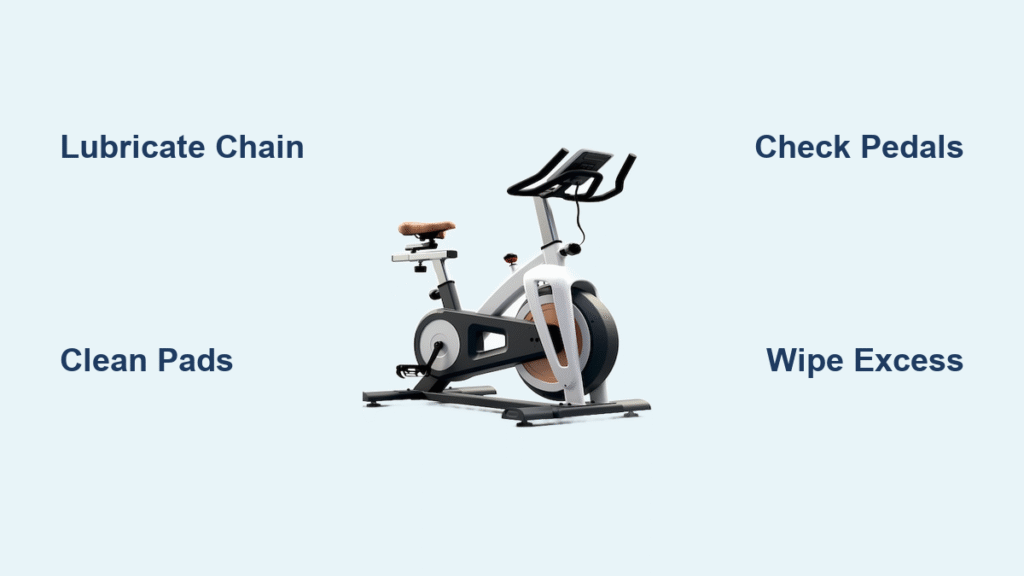Your NordicTrack treadmill suddenly feels like it’s lying to you. That 6-minute mile pace now leaves you gasping like you’re running uphill. Or maybe the incline display shows 10% while your legs feel flat ground. Before you blame your fitness level or call for repairs, your console likely just needs recalibration—a surprisingly simple fix for non-touchscreen models. This guide delivers the exact steps to restore precision on popular models like the C900 and pre-touchscreen Commercial X11i. If your console has physical buttons (not a touchscreen), you’ll have this machine running true again before your next workout. Let’s dive into the calibration sequence that manufacturers don’t always highlight.
Confirm Your Model Supports DIY Calibration
Identify Non-Touchscreen Models Instantly
Stop right here if you have a touchscreen console—NordicTrack locks calibration on all recent touchscreen models (including newer Commercial series). Attempting these steps could trigger error codes or void your warranty. Your model is compatible only if it has physical speed/incline buttons and a non-touch display. Think older Commercial X series, C900, or classic T series units. If you swipe to change settings, contact NordicTrack support instead of proceeding.
Critical Safety Protocol for Calibration
Never stand on the belt during calibration—especially during speed tests. When you trigger maximum speed (up to 12 mph), the belt accelerates unexpectedly. Clear the deck completely before starting. Place the safety key within arm’s reach but never insert it while standing on the treadmill. Verify your floor surface is level too; an unbalanced treadmill causes persistent calibration drift no adjustment can fix.
Activate NordicTrack Calibration Mode Correctly
Execute the Button Sequence Without Errors
- Power down completely: Remove the safety key and unplug the unit for 30 seconds
- Hold STOP + SPEED INCREASE: Press both physical buttons firmly
- Insert safety key: Keep buttons pressed while reinserting the key
- Release immediately: When numbers flash or “CAL” appears, you’ve succeeded
Why this fails for 80% of users: Releasing buttons too early. Hold until the display changes—usually 3-5 seconds. If you see your normal workout screen, restart the sequence.
Navigate to Speed Calibration Menu
Once in calibration mode:
– Press STOP once to skip initial diagnostics
– The display should now show speed-related values (like “00” or “SPD”)
– Hold SPEED INCREASE continuously until “85” appears—this forces maximum speed
Decoding the “85” mystery: This isn’t your speed—it’s a calibration code telling the motor to run at 100% capacity. Your treadmill might max at 10 mph while showing “85.” Don’t panic; this is normal.
Measure Actual Belt Speed Like a Pro

Three Foolproof Verification Methods
Garmin watch shortcut (60-second test):
– Set watch to indoor run mode
– Run at max speed for 1 minute
– True 10 mph = 0.167 miles—if watch shows ≤0.15 or ≥0.18, recalibrate
Chalk revolution method (most accurate):
1. Mark belt edge with chalk
2. Time 100 full revolutions at max speed
3. Calculate: (Belt Length × 100 × 60) ÷ 5280 = Actual mph
(Most NordicTracks have 16-foot belts—100 revs should take 57.6 seconds at 10 mph)
Bike speedometer hack: Mount a $15 bike computer to the frame. Its sensor reads belt speed directly, bypassing console errors.
When Speed Is Out of Tolerance
Acceptable range: ±0.2 mph from rated maximum. For a 10 mph treadmill:
– ✅ Good: 9.8–10.2 mph
– ❌ Needs adjustment: Below 9.8 or above 10.2 mph
If your measurement falls outside this, proceed to motor controller adjustment—but only after verifying twice.
Adjust Maximum Speed Safely (Critical Steps)
Access the Motor Controller Without Damage
- Unplug the treadmill—no exceptions
- Flip safety key out
- Remove motor hood: Use a Phillips screwdriver on 4-6 screws beneath the deck
- Locate the orange potentiometer: A tiny screw on the motor controller board (usually marked “MAX SPEED” or “SPEED”)
Pro caution: Static electricity can fry this board. Touch a metal part of the frame first to ground yourself.
Make Micro-Adjustments That Actually Work
- Too slow? Turn potentiometer clockwise 1/16 turn (that’s 22.5 degrees—less than a pencil width)
- Too fast? Turn counterclockwise 1/16 turn
- Never exceed 1/8 turn total without retesting—over-adjusting burns out motors
Emergency reset tip: Before turning anything, stick blue painter’s tape across the potentiometer slot. If you overshoot, align the tape to return to factory settings.
Retest Immediately After Adjusting
Reassemble the hood, restart calibration mode, and verify speed. One 1/16 turn changes speed by 0.3-0.5 mph—so tiny adjustments matter. Repeat only if still outside tolerance. If speed worsens, return to your tape mark and call support.
Troubleshoot Common Speed Failures
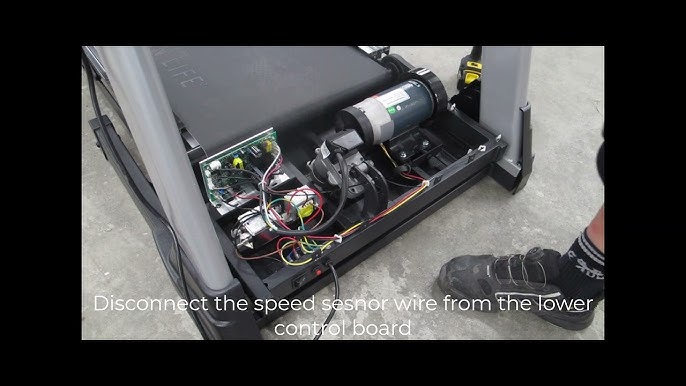
Belt Moves But Display Reads 0.0
Fix the speed sensor in 90 seconds:
1. Find the small black sensor near the front roller
2. Check gap between sensor and magnet on roller pulley—it must be 1/8 inch (nickel thickness)
3. Loosen sensor bracket screws, adjust gap, and retighten
If the display still shows 0.0 after adjustment, the $12 sensor needs replacing—don’t ignore this; uncalibrated speed strains your motor.
Speed Surges or Drops Randomly
This isn’t a calibration issue—it’s a dying motor controller. Symptoms include:
– Speed jumping from 5mph to 8mph with no button press
– Belt stopping mid-workout
– Burning smell near motor hood
Solution: Replace the controller board ($75-$120). Professional installation is recommended—this isn’t a DIY fix.
Calibrate Incline System in 2 Ways
Method 1: Full Button Combo (Most Reliable)
- Hold STOP + SPEED INCREASE
- Insert safety key while holding
- Press STOP once, then INCLINE UP
The treadmill will automatically climb to max incline (15%), descend to min (-3%), and beep when complete. Wait 10 seconds after movement stops before removing the key.
Method 2: Quick-Start Alternative
- Hold STOP button only
- Insert safety key while holding
- Press STOP once, then INCLINE UP
Same calibration cycle initiates—but fails more often if buttons are sticky. Use Method 1 if this doesn’t trigger movement.
Prevent Future Calibration Drift
Monthly Maintenance Routine
- Lubricate the belt: Apply silicone lubricant every 3 months (or monthly for heavy use). Dry belts slow down, forcing inaccurate speed readings.
- Power-cycle sensors: Unplug for 60 seconds weekly to reset electronic glitches.
- Check leveling: Place a spirit level on the deck. If bubble isn’t centered, adjust front feet—even 1/4 inch tilt causes 0.3 mph errors.
When to Recalibrate Immediately
- After moving the treadmill (even across the same room)
- Following belt replacement or motor service
- If your “usual” 5mph pace suddenly feels exhausting or too easy
- Every 6 months for daily users—calibration drifts naturally
Accept Realistic Accuracy Limits
Why Your Treadmill Will Never Feel “Perfect”
Even flawlessly calibrated NordicTracks run 30-45 seconds per mile faster than outdoor running due to:
– Belt propulsion reducing effort
– Zero wind resistance
– Consistent surface vs. variable terrain
Smart workaround: Use heart rate training instead of pace targets. Set zones based on max HR—this measures effort regardless of calibration quirks.
When DIY Calibration Isn’t Enough
If speed remains off after 3 adjustment attempts:
– Replace the drive belt if it slips under load
– Check for frayed wires near the motor controller
– Touchscreen model owners: Contact NordicTrack—your calibration is locked at the factory
Final verification: After calibration, run at max speed for 2 minutes. Your Garmin should show ≤0.2 mph variance from the console. If problems persist, the issue likely involves belt wear or motor degradation—not calibration. For models with touchscreens, skip DIY fixes entirely; NordicTrack’s proprietary software requires dealer-level access. Remember: precision saves your joints and progress. A properly calibrated treadmill ensures your hard work translates to real results, not frustration. Keep this guide handy for your next 6-month tune-up—it’s the difference between trusting your machine and doubting every mile.

